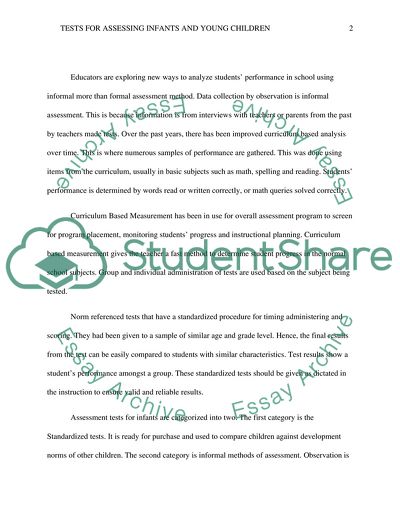Cite this document
(“Tests for assessing Infants and Young Children Research Paper”, n.d.)
Retrieved from https://studentshare.org/psychology/1597630-tests-for-assessing-infants-and-young-children
Retrieved from https://studentshare.org/psychology/1597630-tests-for-assessing-infants-and-young-children
(Tests for Assessing Infants and Young Children Research Paper)
https://studentshare.org/psychology/1597630-tests-for-assessing-infants-and-young-children.
https://studentshare.org/psychology/1597630-tests-for-assessing-infants-and-young-children.
“Tests for Assessing Infants and Young Children Research Paper”, n.d. https://studentshare.org/psychology/1597630-tests-for-assessing-infants-and-young-children.


